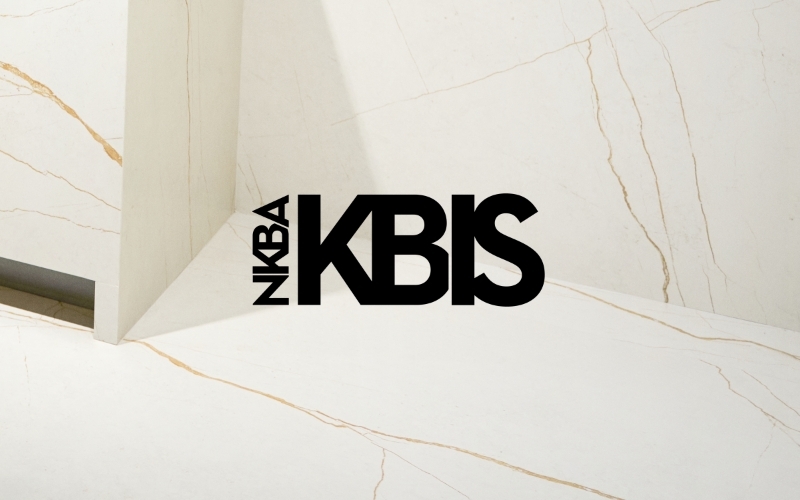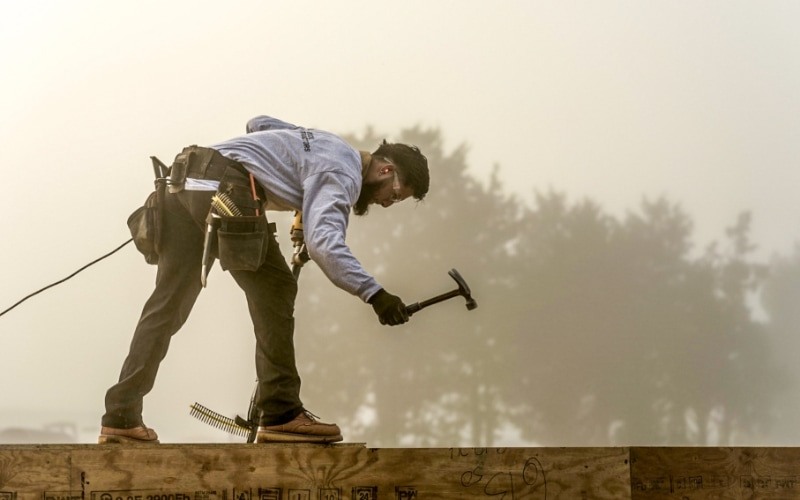Industry Trends
Marketing Insights
Written By
Ashley Virgil
Insights Specialist
The desire for a sustainable lifestyle continues to gain traction in modern society, with a significant number of consumers aspiring to make environmentally conscious choices. However, a persistent “value-action gap” exists, where intentions to live sustainably don’t always translate into actual behavior. This presents both a challenge and a tremendous opportunity for the housing industry to foster meaningful change and align with broader environmental goals.
To better understand this dynamic, we caught up with several experts across the home and building space who are closely monitoring sustainability trends and shifting consumer priorities. These three insights were captured during interviews conducted by Wray Ward at Design & Construction Week 2025, and the complete Q&A’s can be found on our content hub.
1. Shifting Definitions of Value: From Emotional to Transactional
Sara Gutterman, CEO of Green Builder Media, sees a clear evolution in how homeowners, especially millennials and Gen Z, evaluate sustainability. These younger buyers are redefining the “value” of homeownership by factoring in energy efficiency, operational savings and long-term cost benefits. And when sustainable features are framed around ROI rather than emotion, they become easier to justify financially.
“When manufacturers and brands can make the benefits of sustainability transactional — whether that has to do with actual dollars and cents and lowering ongoing operating costs or enhancing some kind of value, such as health and wellness or resiliency after the storm … then it becomes less of an emotional tug and more of a transactional no-brainer decision for homebuyers and for builders,” Gutterman said.
Interestingly, Gutterman notes that while this logic-driven messaging is particularly resonant with younger generations, it also appeals to older buyers, revealing a cross-generational shift in mindset. This reframing of sustainability — less about abstract ideals, more about smart investing — can be a powerful tool in closing the value-action gap.
2. Navigating Energy Management Trends: Demand vs. Affordability
In-home energy management systems are becoming an increasingly important part of sustainability, as more consumers shift from passive energy use to actively managing their consumption in real time. This evolution reflects a meaningful move toward integrating sustainable values into daily routines. Jacob Belk, vice president of advisory at Zonda, notes that energy efficiency and smart management systems are only growing in significance, for builders and homeowners alike.
“We have data on the options that people pay to upgrade in their new homes, and electrical options actually ranked as very desirable in 2024,” Belk said. “Meaning that almost as fast as builders offered these options, consumers were paying to upgrade them.”
However, Belk also flags a new complication: Market volatility and potential tariffs could make some sustainable materials more expensive. That raises the stakes for brands and builders. If affordability issues grow, the industry risks widening the very gap it’s trying to close. Offering reliable, cost-effective solutions becomes even more critical in this context.


